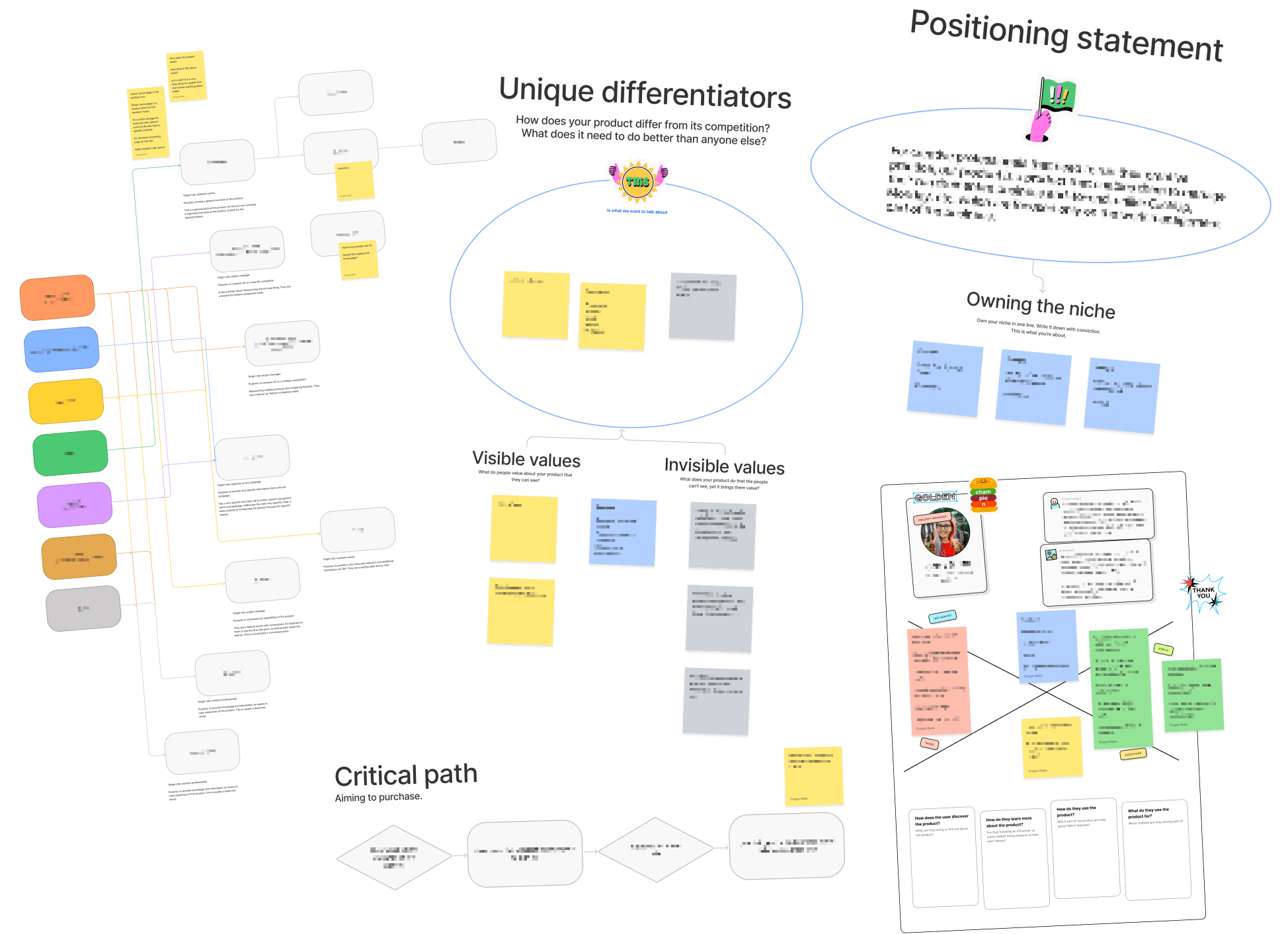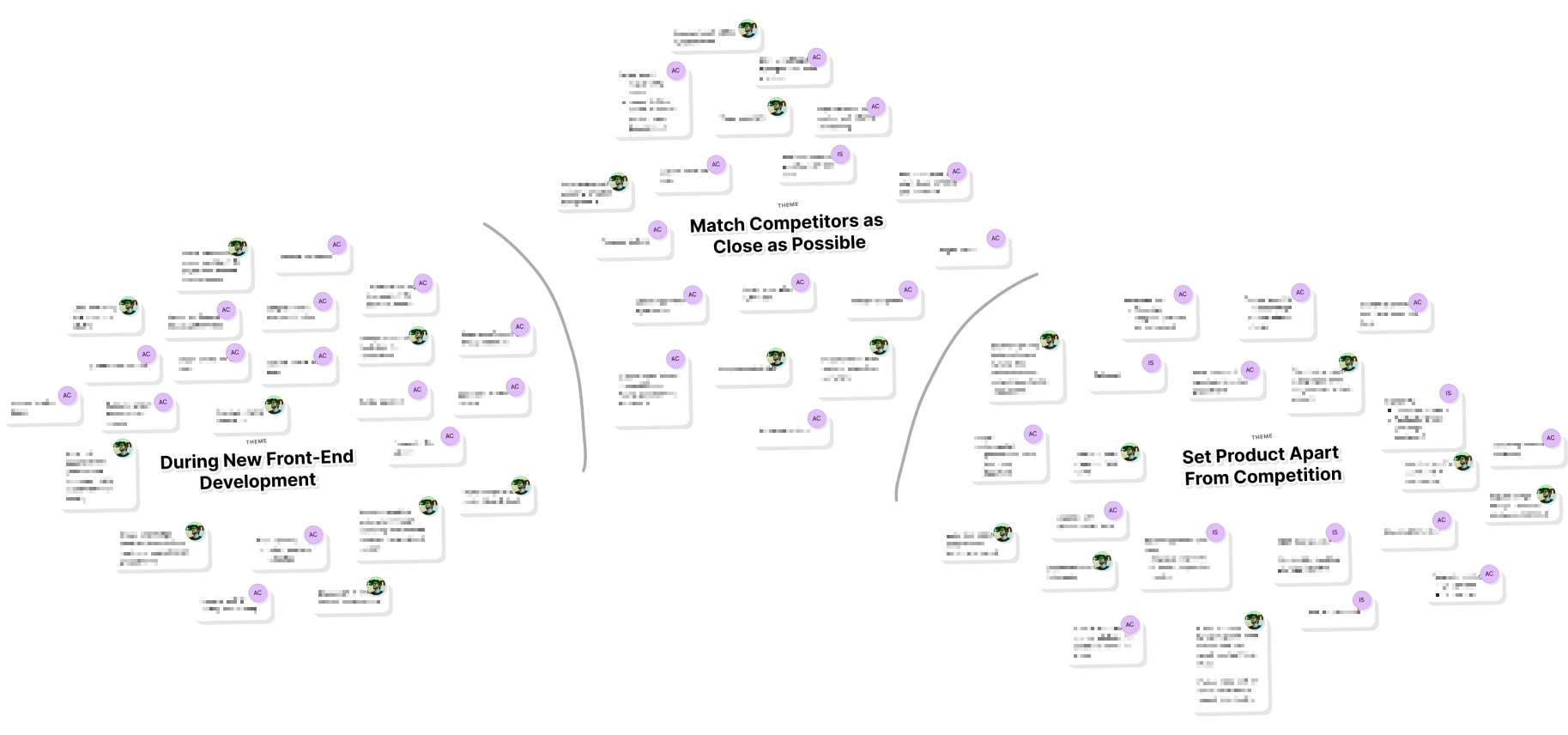Sometimes product companies get into a rut that they unfortunately can’t climb themselves out of at that particular moment.
When this company identified that they might be on a crossroads, and that they had to make a big decision that will affect their future, they decided to reach out, and see if I can help them figure it out.
As a product designer, I often find that the type of work I do varies significantly from what many envision when they think of a product designer's job. Problems I’m dealing with are often open ended or completely unknown at first, so the “design” activity is heavily leaning towards problem discovery and “figuring it out”, rather than coming up with—or executing on—a creative direction.

Identifying the problem
Strategic problems are hard. If the product is good, there are a ton of happy customers, there’s even a specific value proposition which resonates with the market, than why isn’t it working as well as it's used to?
Customer churn was increasing, and the market has apparently changed quickly, faster than the company was able to react. All of a sudden there are new players with millions in venture funding, and they compete aggressively for their share of the market.
After several conversations, it was clear that the company was using a playbook which simply isn’t working anymore.
In my experience I've found that founders sometimes rely too long on their entrenched ways of thinking which have served them well until a certain point. But from time to time these ways of thinking must change in order for a company to continue to thrive, or even just survive.
A great way to facilitate this change of mindset, create and kick-start an action plan is by bringing in someone from the outside. Consultants like myself are able to approach the situation without bias, or any kind of baggage. They simply see things from different perspectives than the founders, and can help you make decisions you couldn't necessarily make yourself.

Coming up with an angle
My strategy was to assemble a team of stakeholders, individual contributors, and designers from Superawesome, and lead them through a discovery process in order to confirm my assumptions, and determine the best way to move forward.
Together we’ve gone through several conversational sessions which consisted of us interviewing them, going through their understanding of the market and customers, their current marketing efforts, and generally trying to transfer as much knowledge as possible from their team to ours.

The outcome
All this resulted in the following areas of improvement.
Play to your strengths
A new product strategy consisting of a slight pivot and focus on a very specific niche of their current customers.
Get with the times
Borrow a couple of—very specific—pages from their competitors' playbooks, and provide the same benefits to their users.
Future roadmap
A list of features created through competitive analysis which will make their product up to par with their main competitors, and a separate list which will set them apart.
Voice and tone
Suggestions for improving their marketing efforts by communicating in a way that’s more natural, and suitable for their new main audience, and the current market.
A new home
Revamp of the core of their marketing website* which has become untidy due to years of additions, and inconsistent content management decisions.
The company has since set out on their realignment plan which will take 3–5 years to complete.